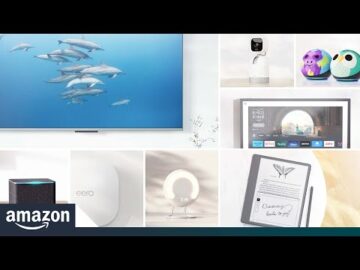
Contemporary Amperex Technology Co. Ltd. (CATL) plans to start mass production of its sodium-ion batteries in 2023. CATL has setup a large supply chain for the batteries and has entered negotiations with some carmakers about their use. Sodium-ion batteries have sodium-ion batteries have already been commercialized in e-bikes and energy storage.
Sodium is 2.3% of the world’s crust. It is over 1000 times more abundant than lithium.
CATL is the world’s largest battery company and is the major battery supplier to Tesla.
CATL’s battery capacity is expected to reach more than 670 GWh by 2025 according to current estimates and has announced a target capacity of 1200 GWh per year perhaps as a runrate by the end of 2025 or in 2026. The company plans to raise up to RMB 45 billion in total from an equity offering to no more than 35 specific targets to support its further expansion. CATL’s lithium-ion battery capacity in 2021 was 170.39 GWh, and the lithium-ion battery production lines that have been completed and put into operation will have a combined design annual capacity scale of 260 GWh to 280 GWh after stable operation.
CATL’s first generation of sodium-ion batteries has the advantages of high-energy density, fast-charging capability, excellent thermal stability, great low-temperature performance and high-integration efficiency, among others. The energy density of CATL’s sodium-ion battery cell can achieve up to 160Wh/kg, and the battery can charge in 15 minutes to 80% SOC at room temperature. Moreover, in a low-temperature environment of -20°C, the sodium-ion battery has a capacity retention rate of more than 90%, and its system integration efficiency can reach more than 80%. The sodium-ion batteries’ thermal stability exceeds the national safety requirements for traction batteries. The first generation of sodium-ion batteries can be used in various transportation electrification scenarios, especially in regions with extremely low temperatures, where its outstanding advantages become obvious. Also, it can be flexibly adapted to the application needs of all scenarios in the energy storage field.
Mainstream lithium ion batteries have 200-300 watt-hours per kilogram. Last year, CATL unveiled its first sodium battery prototype and said it has been experimenting with new technologies to create a second-generation sodium battery that can achieve 200 watt-hours per kilogram.
CATL has been dedicated to the research and development of sodium-ion battery electrode materials for many years. For the cathode, CATL has applied Prussian white material with a higher specific capacity and redesigned the bulk structure of the material by rearranging the electrons, which solved the worldwide problem of rapid capacity fading upon material cycling. In terms of anode materials, CATL has developed a hard carbon material that features a unique porous structure, which enables the abundant storage and fast movement of sodium ions, and also an outstanding cycle performance.
Brian Wang is a Futurist Thought Leader and a popular Science blogger with 1 million readers per month. His blog Nextbigfuture.com is ranked #1 Science News Blog. It covers many disruptive technology and trends including Space, Robotics, Artificial Intelligence, Medicine, Anti-aging Biotechnology, and Nanotechnology.
Known for identifying cutting edge technologies, he is currently a Co-Founder of a startup and fundraiser for high potential early-stage companies. He is the Head of Research for Allocations for deep technology investments and an Angel Investor at Space Angels.
A frequent speaker at corporations, he has been a TEDx speaker, a Singularity University speaker and guest at numerous interviews for radio and podcasts. He is open to public speaking and advising engagements.







